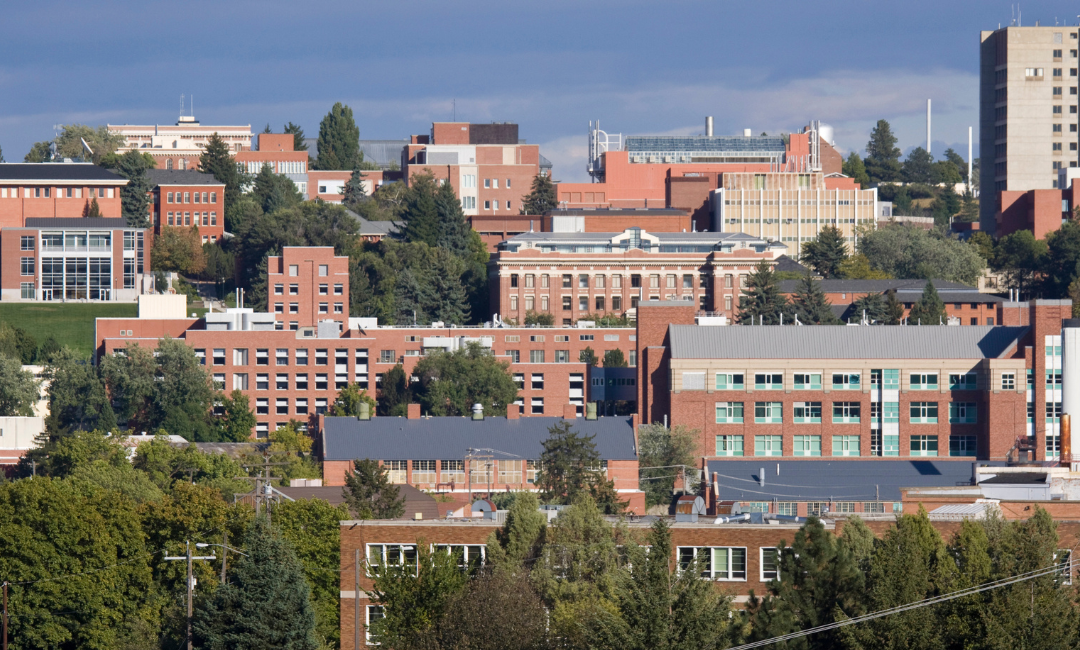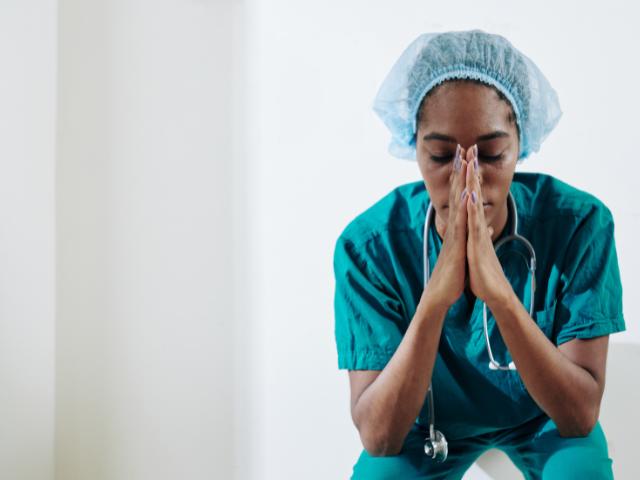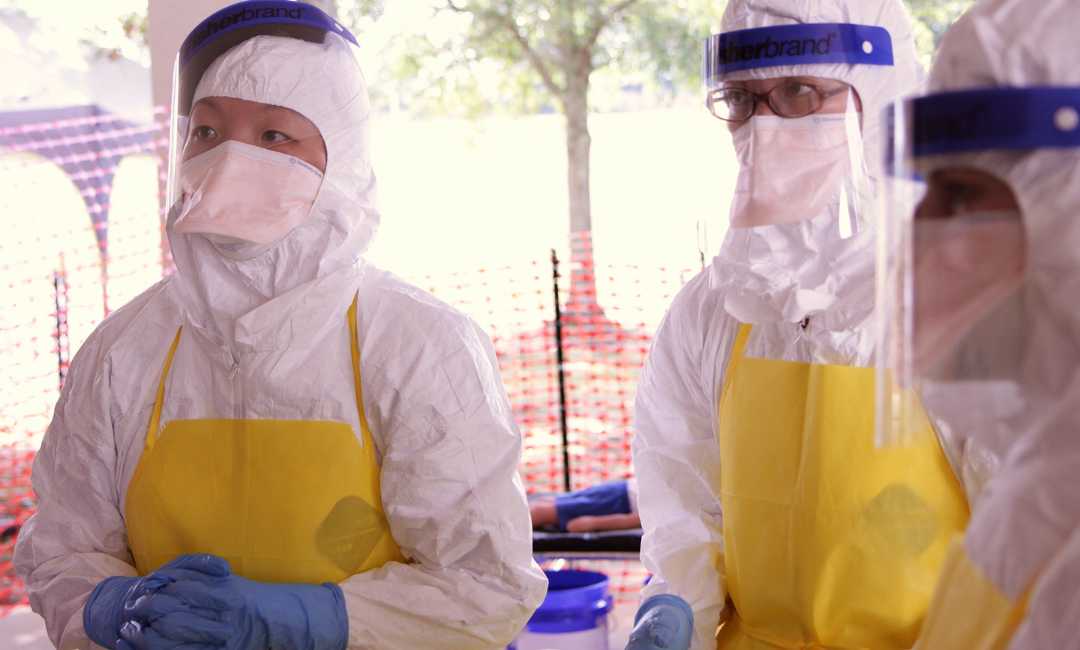Exacerbating Workforce Shortages
The study also determined that “adverse working conditions” might create risks for RNs and could exacerbate existing workforce shortages.
More than 50% of RNs (9%) and LPN/VNs (41.3%) who participated in the 2024 NCBSN survey said they planned to leave nursing or retire within five years. Their reasons other than retirement included stress, burnout, workload, understaffing, and low salary.
NCSBN Chief Executive Officer Phil Dickison said in a news release that the COVID-19 pandemic can longer be an excuse for why nurses are leaving the industry.
“While we have seen some improvements, staffing challenges, stress and burnout, and workforce safety are issues that have permeated the nursing industry before, during and after the pandemic and are still challenges,” he stated. “… We can infer that while hospitals continue to prioritize investments in mental health and other support services for nurses since the pandemic, structural issues that predated the pandemic remain.”
A separate survey — this one conducted by Cross Country Healthcare and Florida Atlantic University’s Christine E. Lynn College of Nursing — produced similar results. Drawing from 2,600 respondents covering RNs, LPNs, APRNs, and nursing students, it found that 65% of nurses reported high levels of stress and burnout.
Top stressors included short staffing, inadequate pay, lack of leadership support, and patient abuse.









